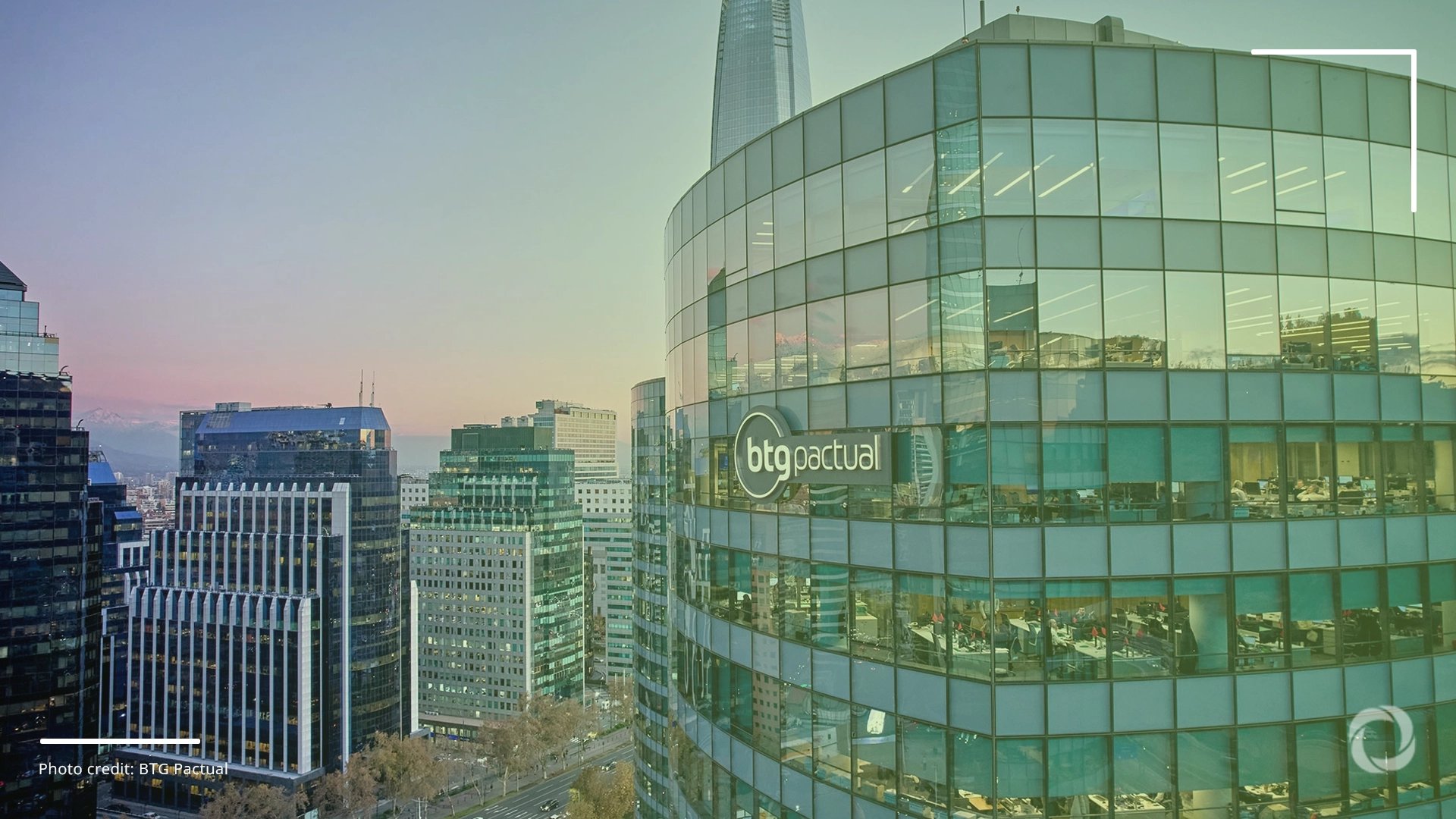Last month, the International Finance Corporation (IFC), the World Bank’s private-sector arm, and BTG Pactual, Latin America’s largest investment bank, announced a partnership to invest up to US$1 billion in sustainable development projects across Brazil and Latin America by 2028. This is one of the largest commitments to bioeconomy and forest restoration in the region, and it comes at a decisive moment.
In November, Brazil will host the COP30 climate summit in Belém, Pará, with the Amazon being at the center of global climate debates. Yet the latest data shows a troubling reversal: between August 2024 and July 2025, deforestation alerts in the Amazon reached over 4,000 km², a 4% increase compared to the previous period, according to the National Institute for Space Research.
See also: Amazon at the crossroads: Why COP30 could end in failure
While still the second-lowest figure since 2016, this interrupts four consecutive years of decline.
“This is a small rebound, aggravated by last year’s fires, which were also a new factor,” explained André Lima, Brazil’s Secretary for Deforestation Control at the Ministry of Environment.
Ambitions behind the IFC-BTG alliance
Under the agreement, BTG will identify projects in infrastructure, conservation, bioeconomy, and private equity funds, while the IFC will provide financial and technical expertise to ensure compliance with international environmental and social standards.
“The allocation of these resources will be carried out carefully, adhering to technical and financial criteria to promote the changes we need for a more sustainable economy,” confirmed Roberto Sallouti, CEO of BTG Pactual.
For the IFC, the deal highlights the role of the private sector in the climate agenda.
“Private players can and must be key actors in advancing climate action and driving transformative initiatives,” commented Alfonso García Mora, the IFC’s Vice President for Europe, Latin America, and the Caribbean.
The pledge is part of the Brazil Restoration and Bioeconomy Finance Coalition, launched during the 2024 G20 in Brazil. The coalition brings together banks, multilateral institutions, NGOs, and government agencies to mobilize US$10 billion by 2030. Its goals include restoring over 5 million hectares of forest, channeling US$500 million to indigenous and local communities, and developing large-scale bioeconomy projects. To date, US$3.38 billion has already been pledged, which represents roughly 30% of the target.
Gains and setbacks
In recent years, Brazil has posted significant progress. In 2024, deforestation fell by 32.4% nationwide, including a 16.8% drop in the Amazon, the steepest decline since 2016, according to federal data. The reduction was driven by stricter enforcement, renewed funding from the Amazon Fund, and joint federal-state operations.
But the rebound in 2025 underscores the fragility of those gains. Prolonged drought and fire have made the forest more vulnerable, raising concerns among scientists. The Amazon has already lost 17% of its original cover, with another 31% having been degraded, according to the Amazonian Network of Georeferenced Socio-Environmental Information. Crossing an additional 5% loss could trigger the “point of no return” – when the forest can no longer regenerate and begins to release more carbon than it stores.
Despite the IFC-BTG announcement, civil society groups warn that current financing volumes are insufficient. A coalition of NGOs and research centers has urged COP30 leaders to secure at least US$7 billion annually for the protection of the Amazon – a figure the World Bank estimates will be the minimum required.
“It is time to make sure funds reach directly those who protect the forest,” said Juliana Simões, Public Policy Director at The Nature Conservancy Brazil.
Local initiatives and blended finance
Beyond global coalitions, new efforts are emerging within Brazil itself. One such example is the Amazônia+21 Institute, which includes the National Confederation of Industry, Energisa, Itaúsa, and Banco da Amazônia, which this year launched the Sustainable Investment Facility.
The facility aims to link local projects with diverse sources of capital, using blended finance – mixing private funds, philanthropy, and development banks – to leverage larger investments. Each institute member contributed R$2 million (about US$400,000) in seed funding, with the goal of unlocking up to seven times that amount from other sources.
“The best way to conserve the Amazon is to create opportunities for the millions of people who live there,” explained Marcelo Thomé, President of Amazônia+21.
One of its first projects will focus on restoring degraded areas in rural settlements in Rondônia, under a memorandum of understanding signed with Incra Rondônia, Brazil’s national land reform agency. This initiative aims to combine environmental conservation, income generation, and the development of a green economy to benefit thousands of families living in land administered by Incra.
Backed by an innovative blended-finance strategy, this approach seeks to attract diverse sources of capital and ensure long-term continuity to generate income and opportunities for rural families.
Looking ahead
As COP30 approaches, momentum is building but gaps remain. Brazil’s progress shows that strong policies and financing can curb deforestation, but the latest rebound is a reminder that the Amazon’s fate is far from secure. The challenge now is to ensure that international pledges translate into real, locally grounded solutions. After all, the planet does not have that many “lungs”.

